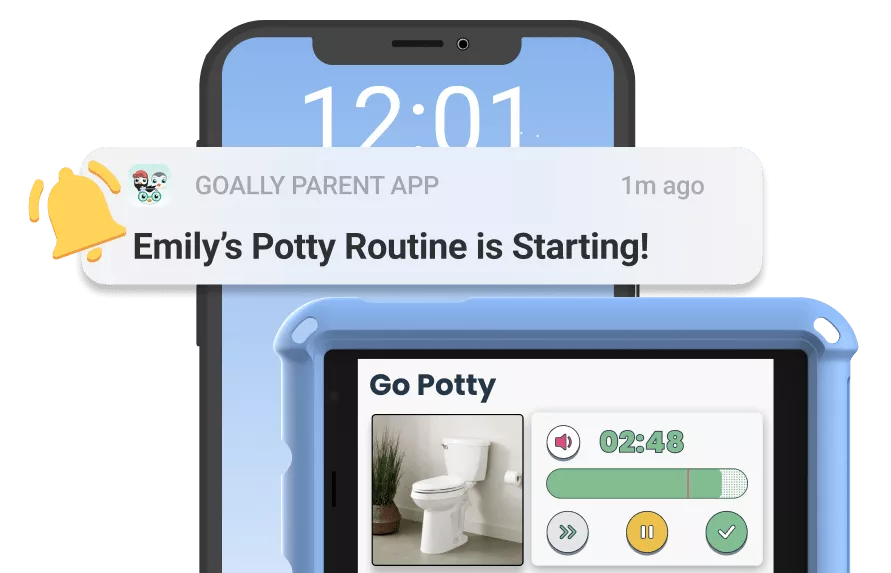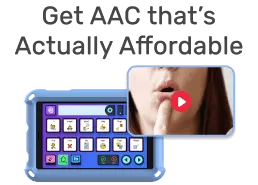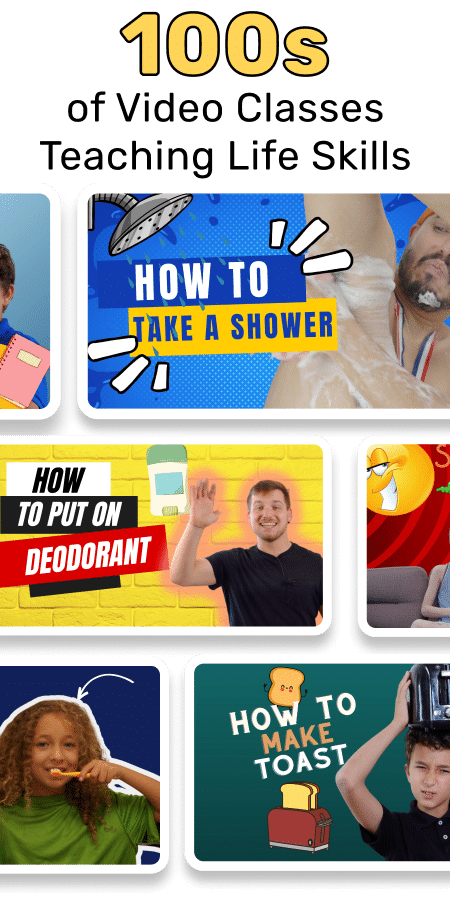An editable reward chart template is a flexible, easy-to-use tool that allows parents to track behaviors, set personalized goals, and reinforce positive actions at home. Unlike standard charts, editable templates can be customized to fit your child’s specific needs, interests, and developmental level—making them especially effective for neurodivergent kids who thrive on structure and visual feedback.
Key Takeaways:
- Editable reward charts can be tailored to your child’s goals, preferences, and challenges.
- They’re especially useful for encouraging positive behavior in neurodivergent children.
- These charts create visual structure and consistency, helping with behavior management and motivation.
Table of Contents
What is an Editable Reward Chart Template?
An editable reward chart template is a customizable tool that supports behavior planning and goal tracking for children. It can be used to reinforce daily tasks like screen time limits, completing chores, or following bedtime routines. These charts provide a clear visual system for tracking progress and can be adjusted over time to reflect a child’s changing needs and developmental stage.
For neurodivergent children, editable reward charts are particularly effective because they offer consistent, visual reinforcement. By focusing on positive behaviors and providing clear incentives, these charts help build motivation, reduce behavioral challenges, and encourage a more structured, supportive environment at home.
Read more: Free Printable Behavior Charts
How Editable Reward Charts Can Help
Neurodivergent kids, like those with ADHD or autism, often benefit from structure and visual aids. An editable reward chart can help them see their progress. For example, a child with ADHD may find a colorful chart with stickers or stars very motivating as they complete tasks. It’s an effective way to break tasks into smaller parts.
Moreover, it’s flexible. You can adjust the goals and rewards. For example, if your child is motivated by screen time or a favorite snack or toy, you can use those as rewards. This flexibility makes the chart adaptable to your child’s specific needs.
Why Use an Editable Reward Chart Template?
One of the main advantages of using an editable reward chart template is its flexibility. Every child is different, and customizable charts allow parents or caregivers to choose tasks and rewards that align with each child’s unique interests and motivators. This personalization increases engagement and makes the reward system more effective over time.
Editable reward charts are also simple to implement and don’t require specialized training. With consistent use, they offer a practical way to encourage positive behavior, support routine-building, and provide visual structure for children. Key benefits include:
- Reinforces positive behavior through visual rewards
- Adapts as the child grows or routines change
- Creates a predictable and easy-to-follow structure for daily expectations
Download our template and personalize your chart by adding your child’s name, the tasks you want them to complete, and the rewards they will earn.
Step-by-Step Guide to Creating Your Own
If you’re ready to create your own editable reward chart template, here’s a simple guide to get started:
Step 1: Decide on the Behavior You Want to Track
Choose the behavior or habit you want to encourage. It could be completing homework, going to bed on time, or doing chores. Make sure it’s a specific, measurable behavior so your child knows exactly what is expected of them.
Step 2: Choose a Reward
The reward should be something your child will actually work for. Whether it’s extra playtime, a favorite snack, or a trip to the park, make sure the reward is meaningful to your child. For neurodivergent kids, rewards should also offer sensory benefits if possible—think playdough, a soft blanket, or time in a sensory room.
Step 3: Design Your Chart
Use our template above to get the process started.
Step 4: Track Progress
Make sure to mark off the chart each time your child completes a task. Stickers, stars, or stamps work great for younger kids, while older kids might prefer checkmarks or digital tracking through apps. Seeing their progress builds momentum and keeps them motivated.
Editable Reward Chart Templates for Neurodivergent Kids
While reward charts can be helpful for all kids, they are especially beneficial for neurodivergent kids. These children often need extra reinforcement and structure to understand and complete tasks. Here are some ways to make your reward chart work best for them:
- Use visual cues: Neurodivergent kids often respond well to visuals. Add pictures next to tasks so they can see what is expected.
- Break tasks into smaller steps: For kids with ADHD or autism, breaking tasks down into bite-sized pieces can make them less overwhelming.
- Be flexible: Your chart should grow with your child. Adjust the tasks and rewards as needed to keep it engaging and effective.
These charts aren’t a one-size-fits-all solution, but with a little creativity and persistence, you’ll find a system that works best for your family.
Common Mistakes Parents Make with Reward Charts
Although reward charts are simple to use, there are a few common mistakes parents make. By avoiding these, you’ll ensure your chart is as effective as possible:
- Setting unrealistic goals: Make sure the tasks are achievable. If the goals are too lofty, your child may get discouraged.
- Inconsistent tracking: Be sure to mark progress consistently. Kids need to see the connection between their actions and the reward.
- Choosing the wrong rewards: Not all rewards motivate every child. Find out what truly excites your child and use that as an incentive.
With a little thought and planning, you can avoid these common pitfalls and create a reward chart that truly works for your child. Remember, the key is to keep it fun, consistent, and flexible.
Read more: Developing a Reward Chart for Kids: Everything To Know
How to Adjust the Chart as Your Child Grows
As children grow, their needs, abilities, and interests evolve—and their editable reward chart template should evolve with them. For younger children, simple tasks paired with visual rewards such as stickers or smiley faces are often effective. As they mature, the chart can change to include more complex responsibilities and motivating rewards, like extended screen time or social activities.
It’s also important to introduce new goals as existing behaviors become consistent. Once a child regularly completes a routine—such as getting ready for bed independently—the chart can change to include additional tasks, such as tidying up toys or helping with household chores. This gradual progression helps build life skills while maintaining engagement.
Goally | Apps That Build Behavior & Life Skills for Kids
Want to keep your child motivated while building essential behavior and life skills? Goally’s skill-building tablet is designed to celebrate small wins and help your child grow. Our Behavior Tracker helps you reward your kid for specific skills, like “being kind” or “flushing the toilet.”

By setting clear expectations and rewarding their efforts, you foster a positive environment for your child to flourish in their behavioral skills journey.
An editable reward chart template is an effective tool for promoting positive behavior in children, particularly those who benefit from structured routines and visual reinforcement, such as neurodivergent kids. Its customizable format allows caregivers to tailor tasks and rewards based on the child’s age, interests, and developmental stage. By consistently applying the chart, selecting meaningful incentives, and updating it as the child progresses, parents can reinforce desired behaviors and support long-term skill-building in a clear and engaging way.
Resources:
FAQs about Editable Reward Chart Template
How does an editable reward chart help my child? An editable reward chart provides a visual and interactive method for tracking your child's behavior, with the flexibility to tailor-fit it to your child's specific needs and interests. What type of rewards should I offer using the chart? The rewards should be age-appropriate and attractive to your child, ranging from simple yet exciting things like choosing their favorite meal, additional playtime, or a special outing. Can a reward chart work for a special needs child? Absolutely, a reward chart can be an effective tool for special needs children as it provides structure and predictability, while the tasks can be personalized to suit their abilities. How can I prevent my child from becoming reward-dependent? It's crucial to strike a balance with the reward chart to avoid dependency, using it thoughtfully, and sparingly, while encouraging your child's intrinsic motivation. Where can I find an editable reward chart template? We provide a free, printable, and downloadable PDF editable reward chart template that's easy to use and can be customized according to your child's age and requirements.

Hennah is an experienced writer and researcher, helping children with autism, ADHD, and other neurodivergent conditions. As a blog contributor for Goally, she combines her deep understanding of neurodiversity with practical advice, offering valuable insights to parents and educators.





